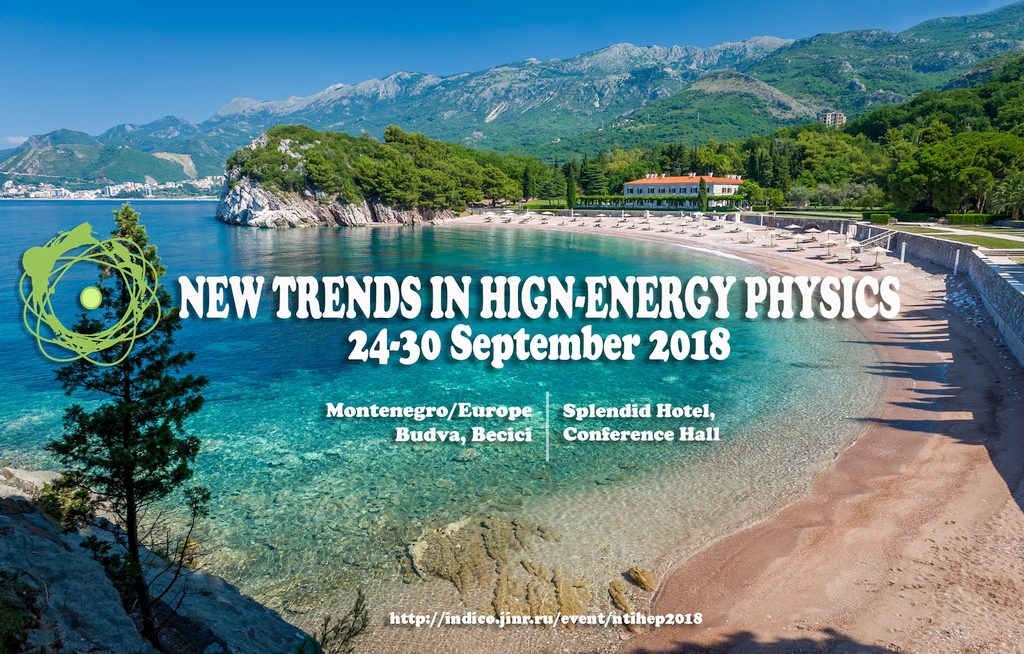Speaker
Mr
Dmitry Demin
(JINR)
Description
D.L. Demin, V.N. Duginov, K.I. Gritsaj, A.D. Konin, T.N. Mamedov ,
A.I. Rudenko, V.P. Volnykh, Z.U. Usubov, JINR, Dubna, Russia
V.V. Baluev, S.V. Filchagin, I.P. Maksimkin, R.K. Musyaev, O.P. Vikhlyantsev,
A.A. Yukhimchuk, RFNC - VNIIEF, Sarov, Russia
L.N. Bogdanova, NRC “Kurchatov Institute”- ITEP, Moscow, Russia
M.P. Faifman, NRC “Kurchatov Institute”, Moscow, Russia
A. Adamczak, Institute of Nuclear Physics Polish Academy of Sciences, Krakow, Poland
We present the most recent study of nuclear reactions, proton and tritium fusion, catalyzed by negative muons. The experiment was performed at TRITON installation in JINR, in 2016. This phenomenon of light nuclei pt-fusion at low temperatures was so far investigated in the only experiment (PSI, 1993). The yeilds of main reaction channels, gamma rays and conversion muons, were measured for two different tritium concentrations, and the rates didn’t match theoretical expectations. To study this problem in detail and to observe other possible channels predicted by the theory, namely, electron-positron and gamma-gamma pairs, we carried out the experiment at the negative muon beam (104 1/s, 100 MeV/c) from the JINR Phasotron with a specially created target of 50 c.c. volume, filled with a liquid hydrogen-tritium H/T mixture (tritium concentration of 1% and 0.1% ). The experiment used an effective detection system containing two gamma-detectors which ensured reliable registration and identification of pt-reaction products at different relative dispositions of target and detectors. In three experimental runs with a total duration of 300 hours, besides the channels of pt-fusion with single gamma-quanta and conversion muons, the electron-positron (e+e-) and gamma-gamma (γγ) pairs in output channels were detected, which were not observed earlier, either "in-flight" (beam-target experiments), or within the ptμ- muonic molecules.
In Figures the ptμ molecule disappearance rates for the single gamma-quanta and conversion muons channels are presented. The measured yields of γ- and μ- channels of pt-fusion are in a good agreement with the results of PSI experiment, what makes a major challenge for the nuclear physics theory to explain the results.
The description of TRITON installation and the methods developed for the experimental search of the pt-fusion within the ptμ molecule are presented. It is notified that further analysis of the experimental data and their interpretation will be performed on the basis of the Monte Carlo simulations to describe the kinetics of processes of muon catalysis in a hydrogen-tritium H/T mixture taking into account the actual geometry of the experiment. As a result of the time and energy experimental spectra analysis, the yields of pt-fusion products (for the first time for e+e- pairs and γγ pairs) will be determined. This outcome will allow extracting the nuclear reaction constants for magnetic dipole M1- and electric monopole-E0 transitions in the A = 4 nucleon system.
Author
Mr
Dmitry Demin
(JINR)

